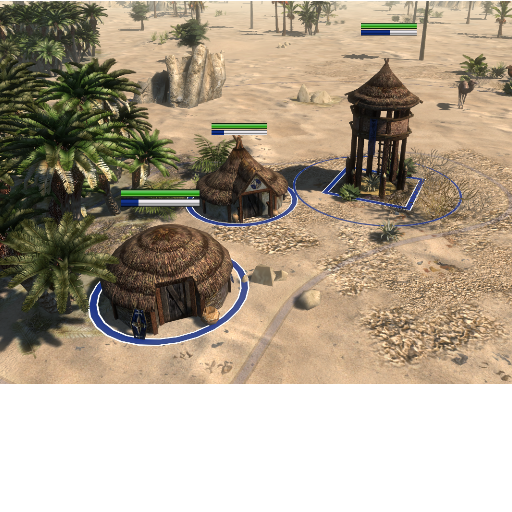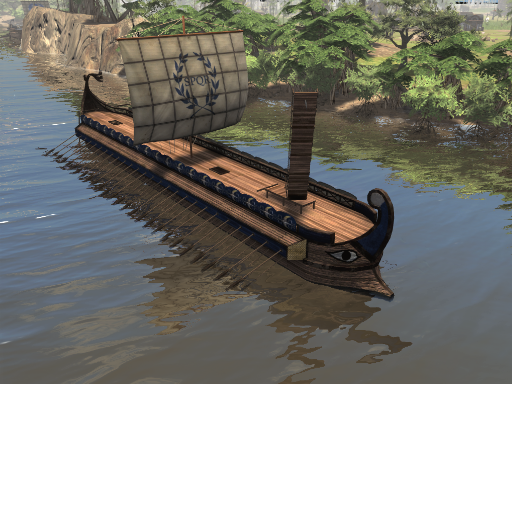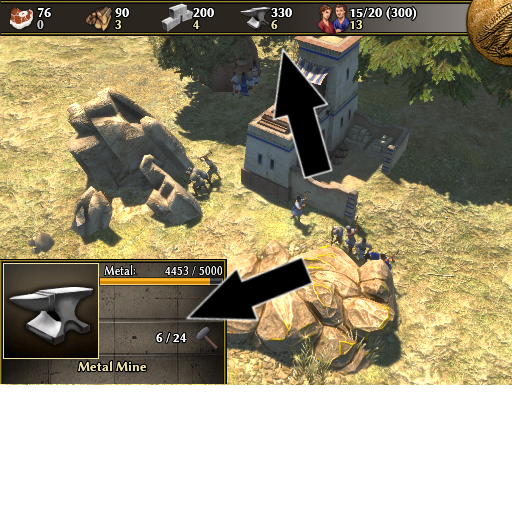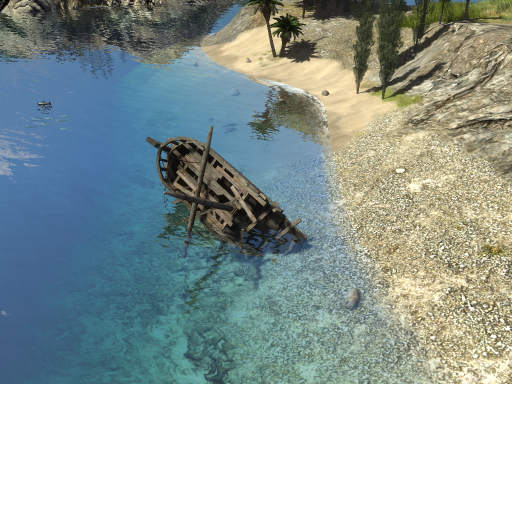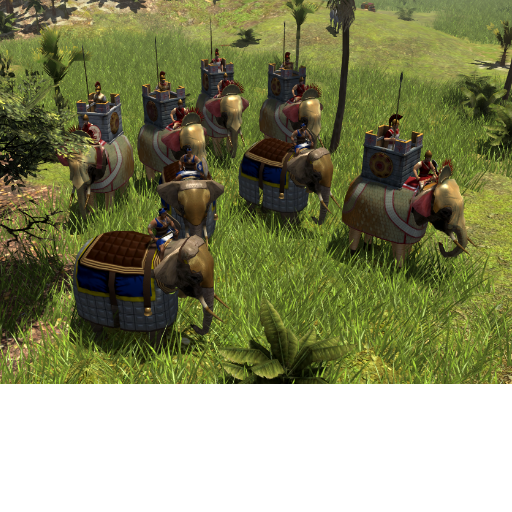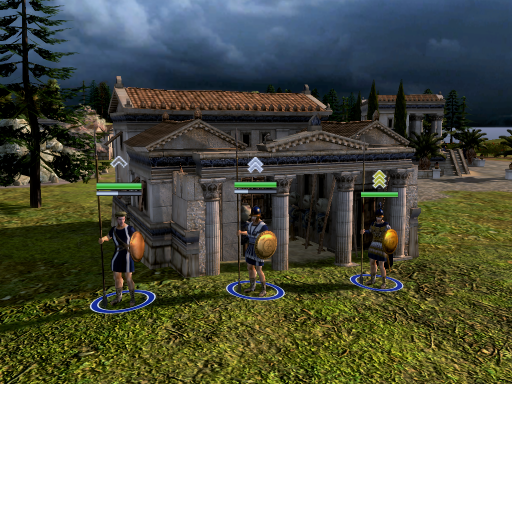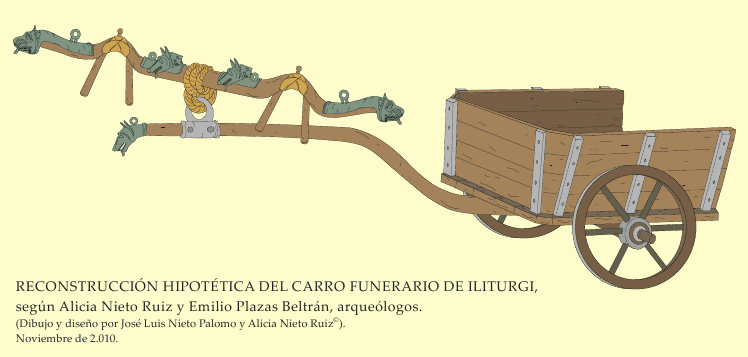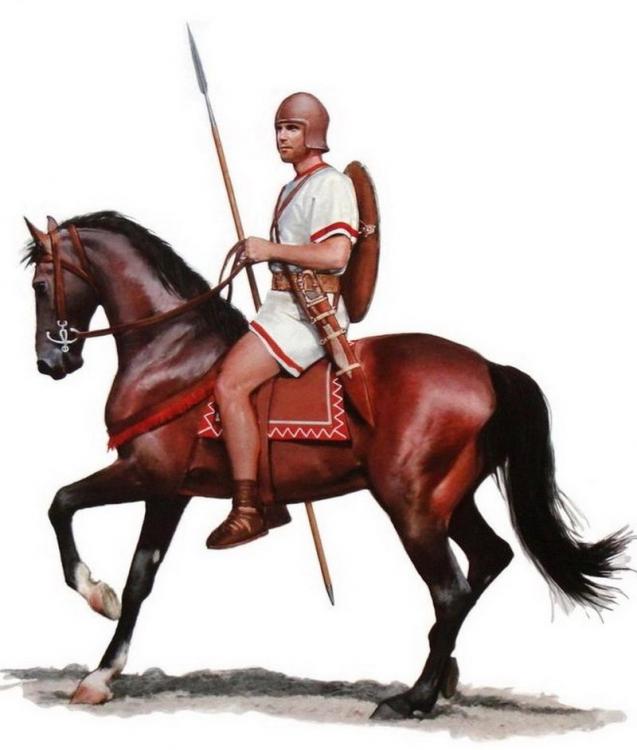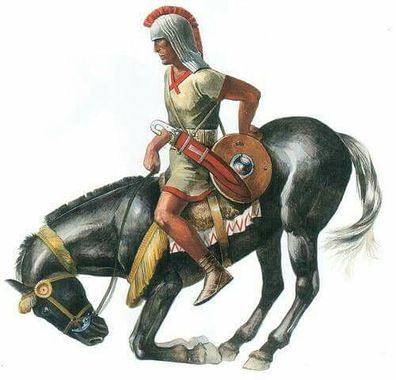Leaderboard
Popular Content
Showing content with the highest reputation on 2021-06-05 in all areas
-
Snapping: Territory decay: Triremes: Roman army camp: Autoqueue: Carthage Sacred Band: Catapult: Embassies & Mercenary Camps Experience trickle: Fishing: Forge: Gathering: Kush Pyramids: Outposts: Palisades: Quinquereme: Resource counter: Map flare: war elephants whales Forge Formations Biomes Iberian Fireship Tresures Barracks Cavalry stables Elephant stable5 points
-
The current loading screen tips are outdated, both the information, as well as with the visuals. This thread is to make new nice looking pictures and possibly also crowd check the descriptions themselves. Text: https://code.wildfiregames.com/D4107 Give your comment, give better pictures.2 points
-
Mercenaries are unusable at the moment, and I foresee them also being bad in a25. From what I have seen of the merc changes, they will still cost 60 metal and not be rank 3, which is not worth it unless a player has 4-5 metal mines available. Since seles effectively only have skirmisher cavalry and archer cavalry. It makes it extremely awkward to play their cavalry, and if archers along with archer cavalry are nerfed in a25 seles will no longer be a cav civ.2 points
-
Just to clarify -> We're not going with the most upvoted suggestion. The poll is mostly here to see if some names get a clear lead. The poll closed on June 1st because that was the original FF date, I've reopened it up until Sunday (didn't notice that). To be honest, so far, Y seems like it's lacking in very relevant names. I'm not sure what's getting picked at all at this stage.2 points
-
Origin. The expansion of the horse, which began around 2000 BC in the Eurasian steppes, ended precisely in the Iberian Peninsula when two opposing currents and two opposing horses were mixed. Curiously, it was not Indo-European horses that first arrived in Hispania from the Pyrenees, but Berber horses. In the 13th century BC several Berber tribes arrived in the south of the peninsula, bringing with them Libyan horses, i.e. a cross between the great Aryan horse and the hardy Mongolian horse, which therefore retained the predominant characteristics of the latter. All classical authors (Mela, Pliny, Silius, etc.) coincide in their description: great height (1.55 m), proportionate body, beautiful subconvex head and ugly haunches (due to its drooping croup, unknown at that time in Europe), resistant and very brave, qualities highly valued by the Romans, who preferred it to the Italic. The primitive settlers of the southwestern peninsular developed a rich culture known only by the name of its capital, Tartessos. Their exploitation of the mineral deposits of Huelva and their wealth materialized in splendid gold jewelry attracted Phoenician traders who founded the colony of Gades (Cadiz) around 1000 BC. Later they would found other factories in Malaka (Malaga), Sexi (Adra), Ebussus (Ibiza) and Kart Hadash (Cartagena). The Turdetans knew the war chariot, as demonstrated by the remains found in Toya (Jaén), the biga model of Santa Elena and the relief of Cigarralejo (Murcia). Thanks to the good climatic conditions in the south of the peninsula, horses prospered rapidly, and their numbers increased notably thanks to the contribution of Numidian specimens during the Punic Wars. Although they shared origin and, therefore, genetic traits, having developed for a millennium in different habitats, the Turdetan had more class, greater volume, more strength, more agility and better aesthetics. After crossing with the convex specimens brought by the Vandals, and with hypermetric Danish specimens imported in the 16th century, it gave rise to a 1.60 m horse whose ultra-convex profile was fortunately and systematically modified through crosses with the rectilinear Arabian until the current Andalusian horse was obtained. Levantine painting shows innumerable scenes of archers and horses, to the point that many historians, believing them to be contemporary to those of Altamira, consider the Iberian Peninsula to be the cradle of both. Those of the Sautuola shelter in Nerpio stand out for representing in great detail what Brodrick considers to be the typical Spanish occupation: the civil war. Among the equestrian ones, the horseman with Greek helmet of Gasulla (Castellón) stands out that, probably, it was not but the representation of a foreign warrior made by an astonished native, in a similar way to those made by the pre-Hispanic Patagonians. The progressive knowledge of the Indo-European invasions and colonizations minimized the role of the Mediterranean substratum in the Iberian civilization, but today it is known that this was the result of a process of acculturation carried out by continuous contacts with Greek traders. They began to arrive around 575 BC to the coasts of Levante from Masilia, founding the commercial colonies of Emporium (Ampurias), Akra Leuke (Alicante) and Hemeroskopeion (Denia), with Cape La Nao as a natural border with the Phoenician-Carthaginian area of influence. As with the Celtic, the Iberian does not respond to a differentiated ethnic concept, but only to a geographical area occupied by peoples with a common culture, differentiated from the Celtic of the northwest and the Turdetan of the south. In fact, they consumed their energies in fighting each other, which is why they were so easily conquered by the Carthaginians and Romans despite the courage they later showed as mercenaries of both. Hired as mercenaries both by the Carthaginians and, later, by the Romans, the Iberians achieved well-deserved fame. The Iberian horseman wielded, not emblazoned, a round, small and somewhat concave shield called caetra, of Celtic origin, which was usually carried hanging on the horse's right back. At later dates it was replaced by the scutum, larger and circular in shape. The typical Iberian helmet was made of leather, but thanks to trade with Greece, Corinthian models with crescent crests or purple plumes were introduced, with or without cheeks. The scarce remains of metallic breastplates are of doubtful ascription, being more probable that they were made of leather. The lance (soliferrum) was made of a single piece of metal with a hexagonal or rectangular section, but was not used by the horsemen as the stirrup was unknown. Instead, they used the javelin (falarica), which had a square section tip and a fir shaft three feet long, each warrior carrying a large number of them. Generally, they used them with flamed and flaming points to disorganize the enemy and force him to get rid of his shield after the first volley, putting him at a disadvantage in the melee. The sling was also widely used, especially in the Balearic Islands, but there is no record that it was used by horsemen. However, the offensive weapon par excellence was the falcata, a saber with a single curved edge, long and sharpened tip, and a closed hilt with animalistic shapes. It is believed that it was brought to the West by the Etruscans and to Iberia by the Tartessians, although very similar pieces have also been found in Greece and Macedonia. They were built with iron pieces that would have resisted rust after being buried for two to three years. Secondarily, a short dagger (kopis), the double axe (bipennis) and throwing maces (cateia) were used. The large number of falcatas found shows that their use was widespread among the Iberians, with no difference in hierarchies. The Iberian statuary presents notable examples of horsemen, highlighting the one from Bastida de Mogente (with a large crest), the two from the Coll de los Jardines and the three from the sanctuary of La Luz. In the sanctuary of Cigarralejo 56 statuettes of horses and 21 of mares with their foals have been found. They present complete bridles adorned with bangs, tassels and metal pieces, petral, reins, bits and the primitive Iberian saddle or ephippion, consisting of a simple leather, wool or vegetable fabric cover, held by a girth and, in many cases, with a pad on the withers to hold the reins and thus leave the hands free for combat. However, the Palencia rider offers the only representation of an authentic saddle from this period. Many bronze spurs have been found in Numancia, Sorba, Mataró, Archena, Jaén, etc., being well represented in the paintings of Liria. Thanks to the excavations of the Marquis of Cerralbo in Anguita, we know that horses were already shod in Hispania around the 4th century BC, while in the classical world this practice was not generalized until two hundred years later. Celts. The first European culture to enter the Iberian Peninsula was that of the Urn Fields, which spread through Catalonia around 1250 BC, apparently coming from Lausatia (Poland). There are no grave goods because the cremation rite was imposed, but in some deposits of weapons found in rivers appear short bronze swords with central ribbing and reed hilt, as well as helmets and shields that combined bronze with wood. Curiously, the settlements of this culture were mostly in valleys and lacked walls, which gives an idea of a more or less peaceful agricultural society. Around 1050 BC the first tribes of the Hallstatt culture began to arrive, extending along the Atlantic coast up to the mouth of the Guadiana, where they made contact with the Tartessians. From then on they settled in forts located in places of easy defense and with walls disproportionate to the number of dwellings. To protect themselves from enemy cavalry they had a moat and a surface of driven stones. All this gives an idea that their settlement was not peaceful or that their tribes fought against each other for the possession of the land. Strabo defined them as mountain people accustomed to banditry, sober, with long hair that they girded with diadems to fight, they bathed in the cold water of rivers and lakes that they navigated with their leather skiffs, they drank beer and fed on goat meat. Their most characteristic weapons would be the heel axe and an iron sword, of about 40 cm, with hilt in the form of antenna. From 750 BC they were replaced by the long swords of the La Téne type, manufactured with such a perfected technique that the Roman legionaries copied them for their gladius hispaniensis. The knives have a blunted back. The typical shield was concave of leather and braided ribs, circular in shape and with a convex metallic umbo in the center, rings and clamps. According to Strabo, they used a helmet with three crests but, in the end, the European pointed helmet prevailed. The Celts brought with them their chariots pulled by ponies, of smaller height but very resistant to fatigue. They were ellipometric horses (1.25 m tall), with small, flat heads, short ears, strong croup, abundant hair, long manes, dark brown coats and no mirrors on the hindquarters (like donkeys). Its most genuine descendants are the Basque-Navarrese jaca and the Asturcón. They spread along the Cantabrian coast and all the Atlantic coast up to the mouth of the Betis (Guadalquivir). The stelae from Extremadura and Portugal reproduce Celtic chariots, generally with four wheels, open at the back and with a lance for two horses. As in Scandinavia and Eastern Europe, the spoked wheel is reserved for the war chariot, while the transport wagon retains the solid ones. Epona was also venerated in Spain, as attested by an inscription on the front of the church of Paramio (Zamora) which reads: DVERIA EPPONE RITIS, possibly from the second century AD, and which could refer to the contributions that the people of the lands of the Duero had to make to pay for the rites in honor of the goddess. This inscription has the particularity that it presents the name of the goddess with a double P, which does not happen with other inscriptions in the Iberian Peninsula. Roman Hispania. In 1908, the act of granting citizenship to a group of Iberian horsemen for their valiant performance in the battle of Asculum against the Marsos (89 BC) was discovered in the Capitol. Other Hispanic contingents served in Britannia, Pannonia, Noricum, Illyria, Dacia, Syria, Cappadocia, Palestine, Egypt, Cyrenaica and Mauretania, at the rate of about 7,000 recruits per year. More than a hundred cohorts and numerous alae bore ethnic names of Celtic peoples, while the Turdetans and Iberians, more Romanized, were directly included in the legions. Numerous funerary stelae scattered throughout the Old World recall these unknown Hispanic soldiers who watered distant battlefields with their blood. Many of them achieved fame and fortune although, in numerous occasions, they also served as hostages to avoid the uprising of their towns of origin. Although according to Polybius they were especially valuable in the guerrilla and in the skirmish, when the legion was in difficulties they did not hesitate to put foot to earth and to fight next to the infantry, like primitive dragoons. It is especially interesting a fragment of the Tactics of the Greek Arrian about an equestrian exercise practiced by the Cantabrian horsemen and that was known in Rome as Cantabricus Impetus. It deserved the praise of Hadrian in a harangue to praise the Cohors II Hispaniorum Equitata, encamped in Numidia. Arrian describes two squadrons armed with javelins advancing in a line in opposite directions until they formed a circle. From there each rider was to throw his javelin at the center of the opposing shield, without wounding either the rider or the horse. In this first exercise known as "real fire", not only the skill of the throw was rewarded, but also the serenity of the person who received the impact. As a result of the mixture between the Libyan and Celtic horses, another one called celdón or fieldón was produced. Of intermediate height (1.40 m), it used to be shod and corded, with a large head, subconvex profile, narrow chest, large hooves, very resistant and apt for draught, especially for its tendency to the carrying or walking gait (trepidarii). From the Meseta it was exported to the Italian circuses, displacing the Cisalpine horses in chariot races. Sometimes confused with the asturcón because the Romans believed them to come from Astúrica, its most direct representative would be the Galician jaca (not to be confused with the homonymous pony). Donkey and mule cattle were also important during the Roman period, with Menorcan hinnies standing out for their quality, size and strength. The embouchures used at that time in the peninsula were very similar to the current ones of fillet and sticks. There have also been found some "flavored" that refreshed the mouth and stimulated salivation, highlighting the one found in Almedinilla (Córdoba) currently in the Archaeological Museum of Madrid. From the Roman period, the beds in the shape of an openwork wheel with a diameter of 55 mm, decorated with legends and crowned by a trapezoidal ring for fastening to the head are outstanding, especially those found in Fontaneda (Portugal) and Pedrosa de la Vega (Palencia). Source: http://caballipedia.es/La_caballería_en_la_Hispania_antigua1 point
-
1 point
-
I have played it once or twice, and so far it seems the best thing to do, especially if there are archers is to do pikes+skirms +rams+siege towers. Some people are trolls and go for up to 10 siege towers and this is frustrating, but usually 2 siege towers can be incredibly useful to go with your army if you know how to position them. Macedonians also have a hero who buffs rams and (I think) siege towers. I think it is best to have mostly pikes, but have skirms available to kill elephants, because these will threaten your siege. The truth is that macedonians have always been good at siege, and now that roman range siege is very bad, I would argue that mace have the best siege. Don't get mercs, they are not good, especially merc archers, as a maur enemy will have way more and they will only cost 50 food 50 wood. I have not tried champions, I have seen some people get crossbowmen, but I heard mixed feelings about them. I suspect they are worse than champ archers.1 point
-
My opinion would be to stick to the old paper look, but a lighter less burnt and destroyed version. A bit cleaner and minimalistic in style, but still a nice old paper texture.1 point
-
If someone could repaint the paper background I'd be happy. It doesn't look good currently. Also the vignette border on a picture is a bit strong I think.1 point
-
1 point
-
Interesting idea on making the blacksmith boring. With your approach the only "choice" is whether to use resources on this one tech or not. More targeted techs introduce interesting choices. Will it lock you into a "path"? Maybe? I don't see why that is a given. It's not like you can't research the other techs when you have the res. And if that is prohibitively expensive, then let's make it not.1 point
-
If wikipedia is correct, 3-4 m would be more accurate.1 point
-
I have already submitted a patch, and this will be fixed in A25, I believe, if the other devs would approve.1 point
-
1 point
-
We can leave it at the letter Y, because it is such a good source of memes an puns. Why? Y. (the sound of it) Other considerations: Y-axis (since there are so many mathematicians and scientists playing this game), Y-chromosomes etc decent names starting with Y: Yurya, Yelizaveta Or I wouldn't mind if you just use my name.1 point
-
1 point
-
Sorry, I was unable to multi-quote on my no mobile device, hence I created these 2 separate posts. Does anybody know what exactly needs to be built to progress to the next phase when this in-game hint is shown? Thank you!1 point
-
1 point
-
I wish there could be 2 ginets at the same time as it says below. They carried 2 horsemen at a time to transport troops.1 point
-
1 point
-
1 point
-
I like Yaunā in dedication to three major races played in the game. Not a fan of Yggdrasil the tree of life (A) it doesnt sound very nice and (B) its irrelevant to the game 0ad.1 point
-
let's leave it at that, but the horse's force is capable of killing missile infantry with its charge.1 point
-
@Duileoga necesito ayuda con la caballería de la antigüedad. @Genava55 I need Celtiberian references1 point
-
Bridget is actually much anglicised originally a Celtic goddess adopted by the church as a saint associated with fire. Enjoy the Choice1 point
-
1 point
-
we can include someone from the gens Marcia? Why? Because my name comes from that gens Marcio from Marcius. https://en.m.wikipedia.org/wiki/Marcia_gens The gens Marcia, occasionally written Martia, was one of the oldest and noblest houses at ancient Rome. They claimed descent from the second and fourth Roman Kings, and the first of the Marcii appearing in the history of the Republic would seem to have been patrician; but all of the families of the Marcii known in the later Republic were plebeian. The first to obtain the consulship was Gaius Marcius Rutilus in 357 BC, only a few years after the passage of the lex Licinia Sextia opened this office to the plebeians. After this family, the next cognomen of the Marcii was Philippus, a Greek name, which first appears as the surname of Quintus Marcius, the consul of 281 BC; but this may anticipate the adoption of the name by his descendant, for a certain Lucius Marcius of this family is said to have had some connection with Philip V of Macedon; his son, Quintus Marcius Philippus, was consul in 186 BC, and it may therefore have been Lucius who was the first to obtain the cognomen. The initial cognomen of the family may have been Tremulus, since the filiations given in the Fasti link Quintus Marcius Tremulus, consul in 306, and his probable son Quintus Marcius Philippus, consul in 281. Philippus means "lover of horses", and the name had for centuries been associated with the Macedonian kings; Philip II was the father of Alexander the Great. So wide was the fame of this dynasty, that it is not entirely impossible that the name had reached Rome at an earlier date. The Philippi were proud of this association since Lucius Marcius Philippus, the consul of 91, even put the portrait of Philip V of Macedon on the denarii he minted. Some members. https://en.m.wikipedia.org/wiki/Lucius_Marcius_Philippus_(consul_91_BC) First Plebian dictator https://en.m.wikipedia.org/wiki/Gaius_Marcius_Rutilus Consul https://en.m.wikipedia.org/wiki/Lucius_Marcius_Censorinus_(consul_149_BC) consul in 149 BC, the year of the Third Punic War. He was given command of the Roman fleet, and together with his colleague, Manius Manilius, laid siege to the city; but Marcius had to return to Rome to hold elections for the following year. He was censor in 147 https://en.m.wikipedia.org/wiki/Lucius_Marcius_Censorinus_(consul_39_BC)1 point
-
The logs should be OK to share, but the config file contains your lobby password (hashed, but it's still usable to connect with your account).1 point
-
1 point
-
1 point
-
Honestly i see no reason to not nerf ranged units to the ground, don't take this the wrong way as i am not ranting, but because ranged units will always have range ( duh) and will always be good in defending something and even better when in large groups. But right now i feel it is very difficult to exploit and punish a ranged army( not even an archer based army , even a 65 skirms and 20 spears army) for being out of position but this may also be to due to the fact that setting up defenses is rather easy and you aint gonna do jack **** to defensive buildings without siege.1 point
-
So, as colleagues say, unfortunately, these cases of players fleeing the game have been occurring more frequently when they are about to lose. I will not publish the previous ones because I intend to confront again the players who left their games because I believe that there was some problem - I choose to give them a second chance. …But well… It is already the 3rd or 4th game with this user that he simply leaves the game when he feels he is going to lose. I am 0xD3C0.de and the player reported is 1979ad. @user1 metadata.json commands.txt1 point
-
This particular helmet should hopefully be brought up to current helmet standards m, along with a couple variations (plume, no plume, neck guard, no neck guard).1 point
-
Is there any justification why do Kushite's unit names spelled with consonant only? Is it similar to Arabic language (written with consonant only but readable)? Are there any approximation to how did they talk?1 point

.thumb.png.ce58cea22940c255f5b0a735d5abee36.png)




